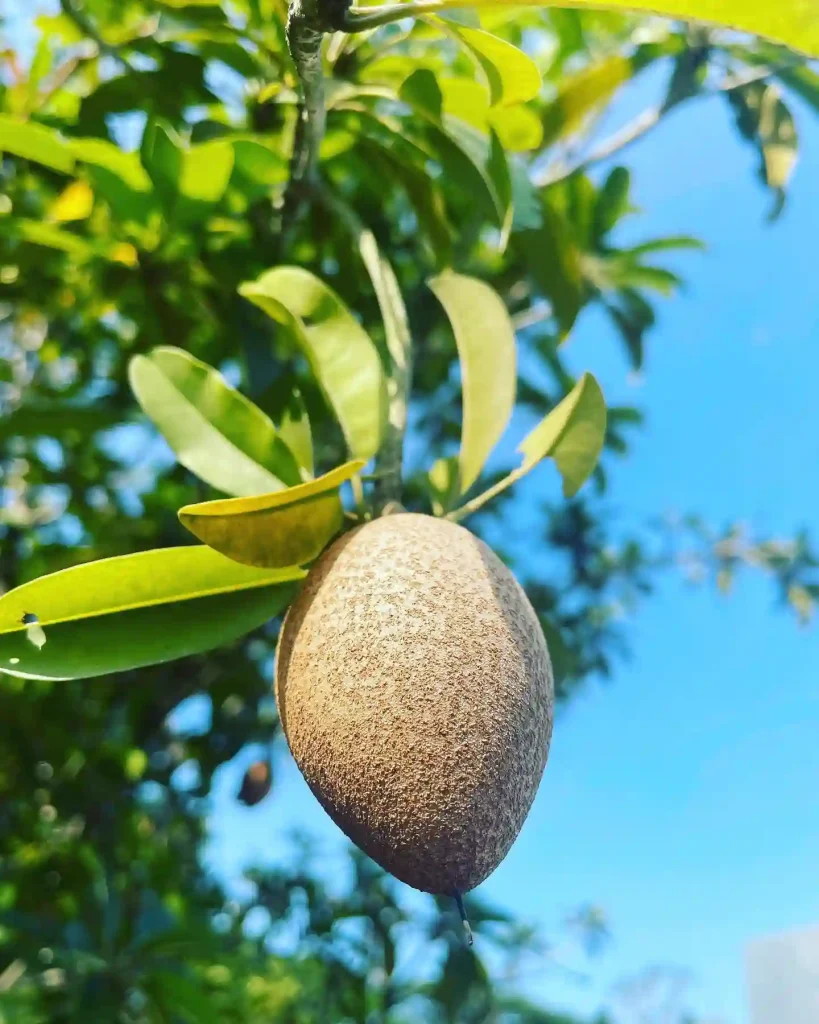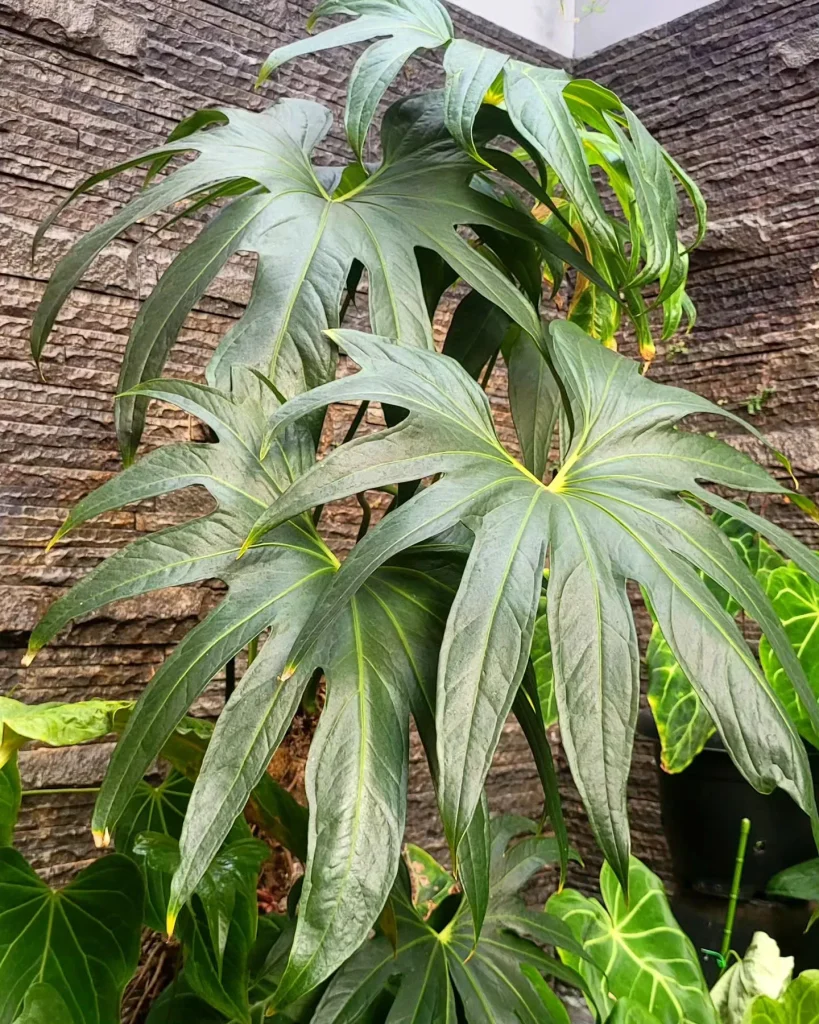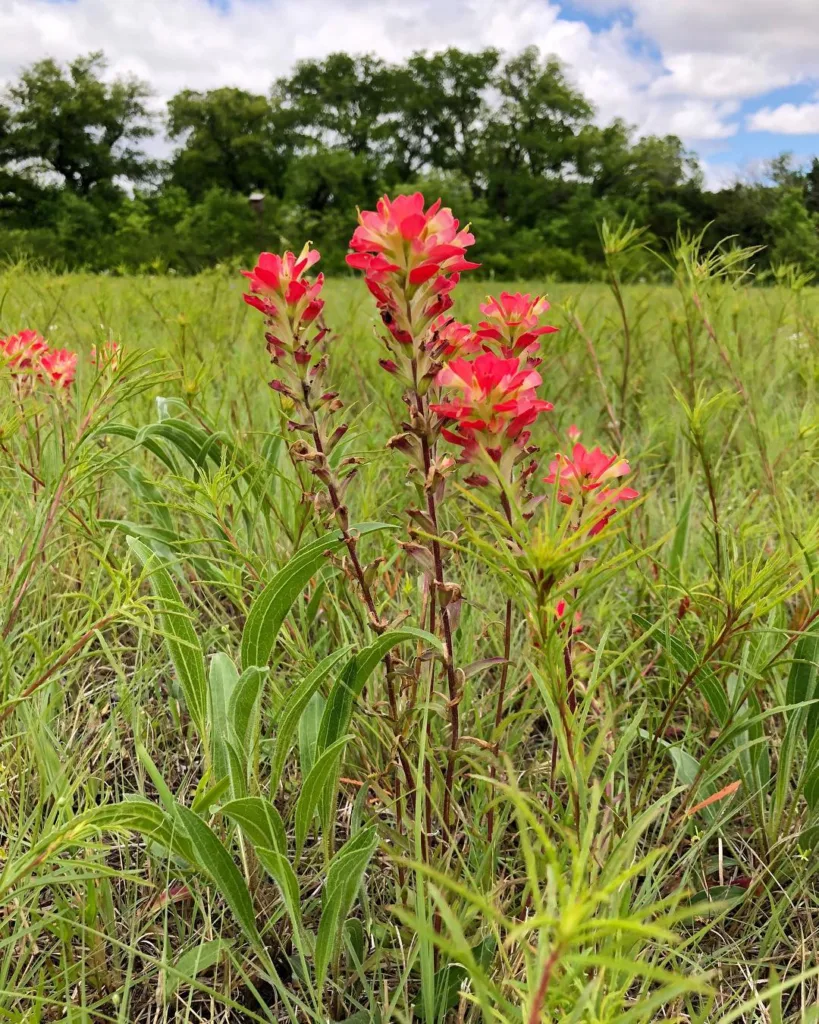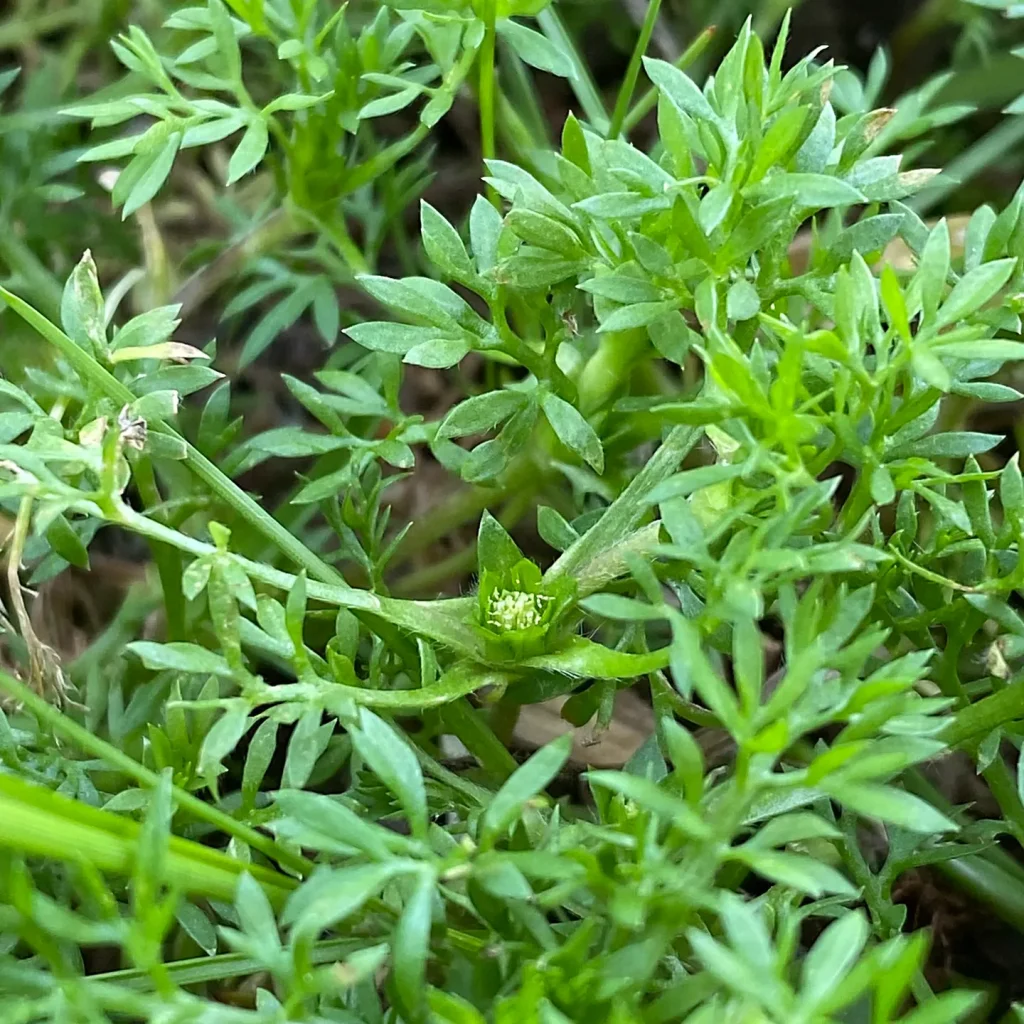FAQs About Brachychiton Acerifolius
As a plant enthusiast, I’ve always been fascinated by Brachychiton Acerifolius, commonly known as the Flame Tree. This beautiful tree is native to Australia and is known for its stunning red flowers. In this article, I’ll address some frequently asked questions about this remarkable species, including how to sow its seeds, care tips, propagation methods, and more.
40 Species in Genus Brachychiton
What is Brachychiton Acerifolius?
Brachychiton Acerifolius is a deciduous tree that can reach heights of up to 30 meters. Its unique maple-like leaves give it a distinct appearance, especially when they turn vibrant shades in the fall. The standout feature of this tree is its bright red flowers, which bloom in spring and can create a spectacular display. This tree is not just visually appealing; it also provides shade, making it a popular choice for parks and gardens.
How to Sow Brachychiton Acerifolius Seeds?
Sowing seeds is a straightforward process, but a few tips can ensure success. First, soak the seeds in water for 24 hours to soften the hard outer coat. After soaking, prepare a seed tray filled with a well-draining potting mix. Sow the seeds about 1-2 centimeters deep and keep the soil moist but not soggy. Place the tray in a warm area with indirect sunlight. Germination typically occurs within 2 to 4 weeks, depending on the conditions.
How to Care for Brachychiton Acerifolius?
Caring for Brachychiton Acerifolius is relatively simple. This tree thrives in full sun and well-drained soil. It’s drought-tolerant once established, making it suitable for various climates. Water young trees regularly, especially during dry spells, to help them establish a robust root system. Fertilizing with a balanced fertilizer during the growing season can promote healthy growth. Pruning is also important; I recommend shaping the tree during the dormant season to maintain its structure.
How to Propagate Brachychiton Acerifolius?
Propagation can be done through seeds or cuttings. As mentioned earlier, sowing seeds is effective. Alternatively, I’ve had success with semi-hardwood cuttings taken in late summer. Cuttings should be about 10-15 centimeters long, with a few leaves attached. Dip the cut end in rooting hormone, then plant it in a moist potting mix. Covering the pot with a plastic bag can create a mini greenhouse effect, aiding root development.
What to Plant With Brachychiton Acerifolius?
When choosing companion plants, consider other Australian natives or drought-tolerant species. I’ve found that pairing it with plants like Callistemon (bottlebrush) or Grevillea enhances the landscape while providing a natural habitat for local wildlife. These companions not only complement the Flame Tree visually but also thrive in similar conditions.
Can You Grow Brachychiton Acerifolius Indoors?
While Brachychiton Acerifolius can be grown indoors, it’s essential to provide sufficient space and light. This tree can grow quite large, so it’s best suited for larger indoor areas or conservatories. Ensure it receives plenty of natural light and water it regularly. However, I would recommend keeping it outdoors if possible, as it truly flourishes in its natural environment.
Is Brachychiton Acerifolius Toxic?
Brachychiton Acerifolius is generally considered non-toxic to humans and pets. However, it’s always wise to monitor pets around any plant, as individual reactions can vary. This makes it a safe choice for family gardens.
Benefits of Brachychiton Acerifolius
There are many benefits to growing Brachychiton Acerifolius. Besides its aesthetic appeal, it provides shade, attracts wildlife, and can even improve air quality. The flowers are also known to attract bees and other pollinators, contributing to a healthy ecosystem.
Common Problems with Brachychiton Acerifolius
Like any plant, Brachychiton Acerifolius can face some challenges. Common issues include aphids, scale insects, and leaf spot diseases. I’ve found that regular monitoring and using organic pesticides can help manage these problems. Ensuring proper watering and spacing also prevents many issues related to root rot or fungal diseases.
How Does Brachychiton Acerifolius Compare to Similar Trees?
When comparing Brachychiton Acerifolius to other flowering trees, such as the Jacaranda or the Royal Poinciana, I notice that the Flame Tree offers a more robust growth pattern and drought resistance. While Jacaranda is known for its beautiful purple flowers, Brachychiton’s red blooms provide a striking contrast in landscapes. Each tree has its unique charm, but for those seeking drought-tolerant options with vibrant blooms, Brachychiton Acerifolius is a standout choice.
In conclusion, Brachychiton Acerifolius is a versatile and stunning addition to any garden or landscape. Whether you’re sowing seeds or enjoying its vibrant flowers, this tree offers numerous benefits and rewards for the attentive gardener.
If i die, water my plants!



